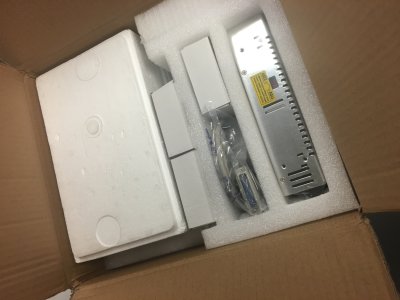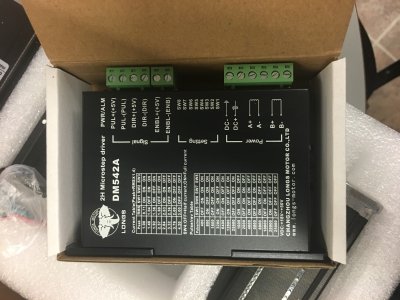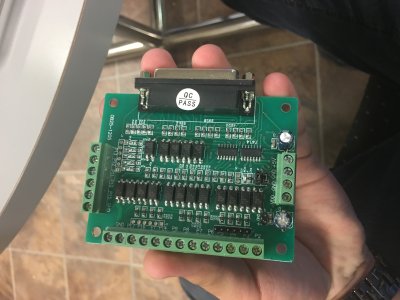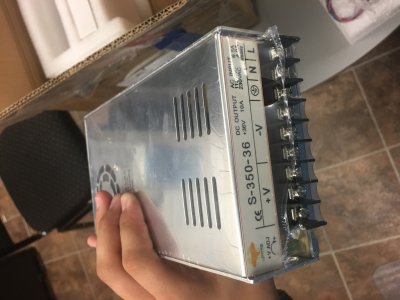Figured I would start a thread. This is intended to be a mid-long term project, as I am a total novice and intend to learn all of this CNC stuff from scratch.
Ordered some Steppers and drivers to get me started converting my X2 mini mill. Will be using the ACME rods for now, plan to upgrade to ballscrews down the road a bit. (Kinda expensive, aren't they? haha)
Will update when they show up with some project pics.
JW
Ordered some Steppers and drivers to get me started converting my X2 mini mill. Will be using the ACME rods for now, plan to upgrade to ballscrews down the road a bit. (Kinda expensive, aren't they? haha)
Will update when they show up with some project pics.
JW





